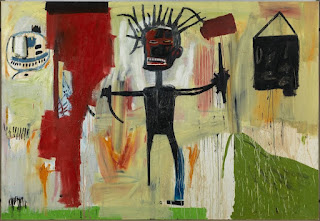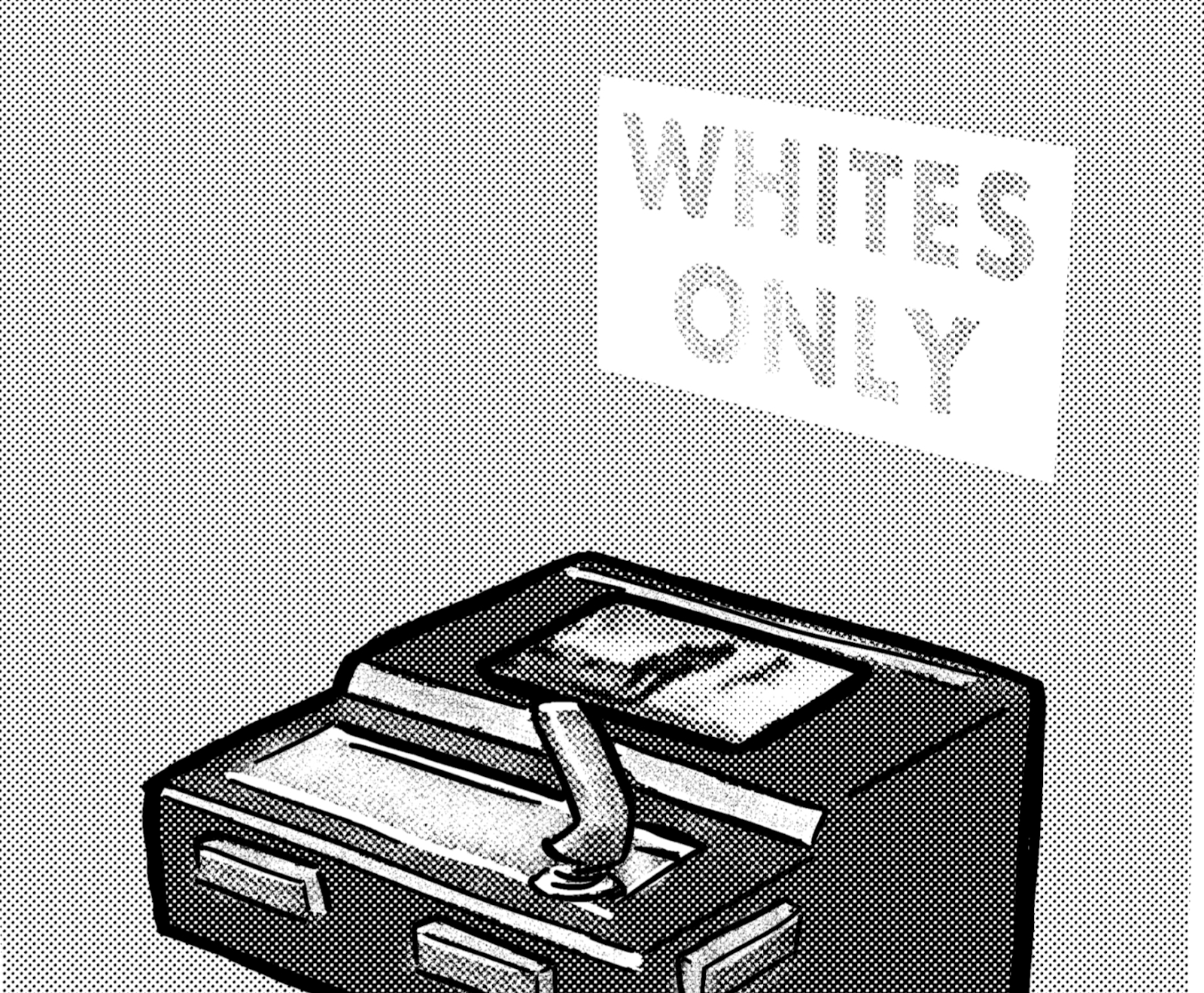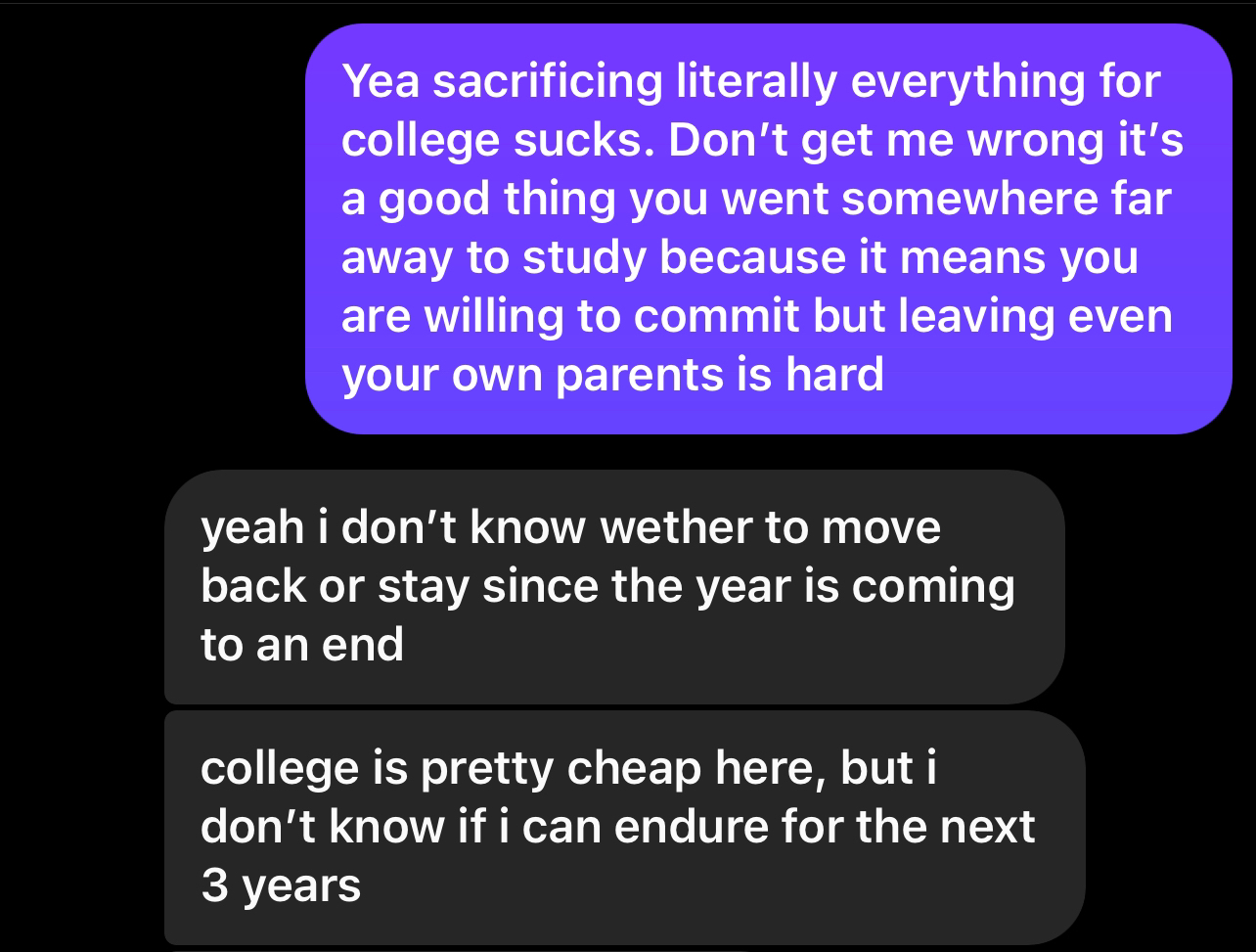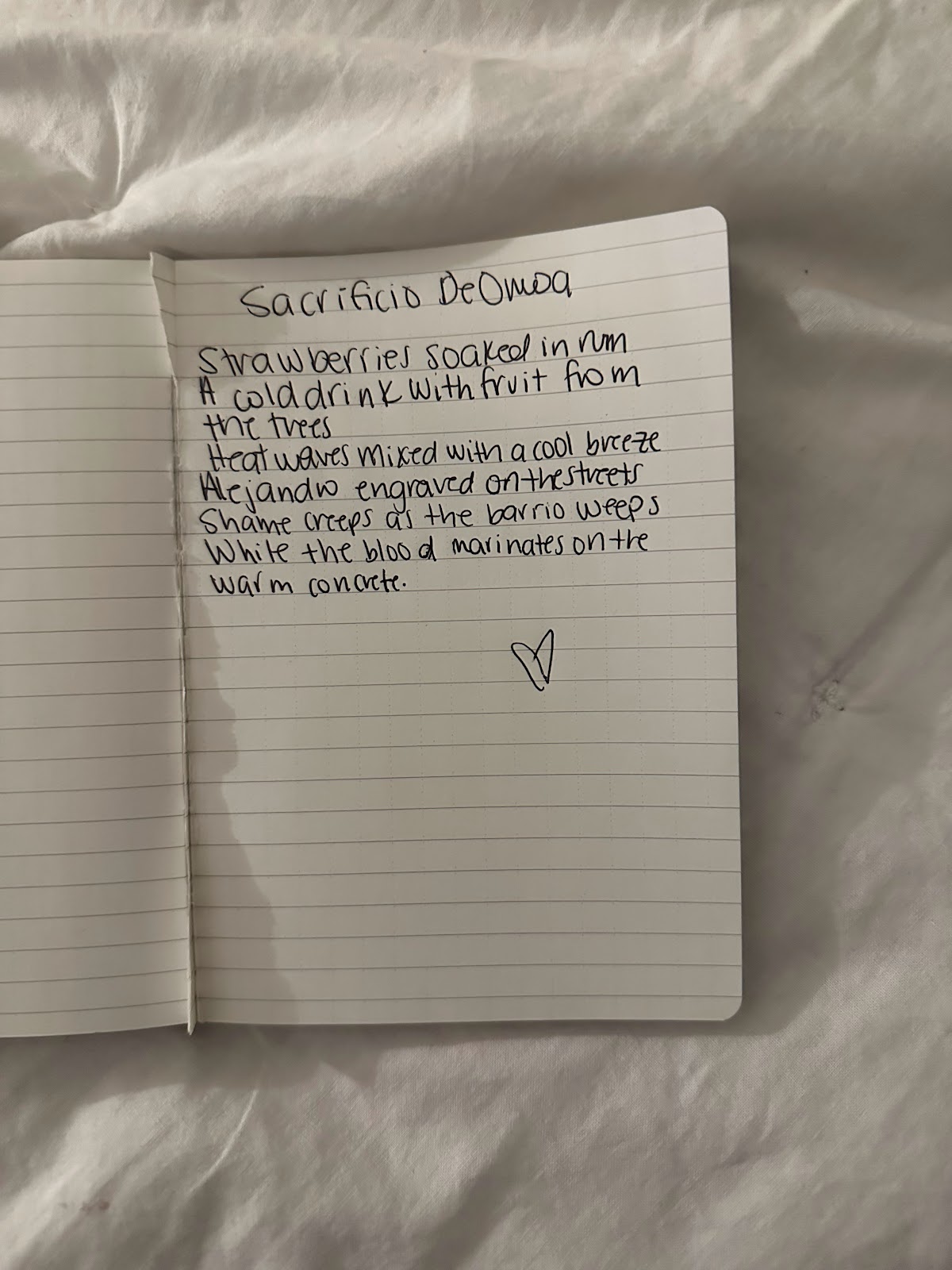Towards a Curatorial Activism
Quote:" It speaks directly to racist stereotypes, colonial mythologies, land rights, commodification of indigeneity by the art market, violence against Aborigines, and to Austracism, in particular."
- This quote suggests that a particular piece of art or expression directly addresses various issues related to racism, colonialism, land rights, and the exploitation of Indigenous culture by the art market. It also touches on the violence experienced by Indigenous peoples. In simpler terms, it means that the artwork confronts harmful stereotypes and myths, while also shedding light on the struggles and injustices faced by Indigenous communities in Australia. Overall, it seems to emphasize the importance of art as a tool for social commentary and raising awareness about these pressing issues.
Quote: “As a hegemonic discourse, the current art system privileges white male creativity to the exclusion of everyone else”
- This quote says that in the art world, white men's creativity is valued the most, leaving out everyone else. It suggests that other artists, especially those who aren't white or male, don't get as much attention or opportunities. So, it's pointing out how the art world favors white men and doesn't give equal chances to everyone.
What is Curatorial Activism?
Curatorial activism means using art exhibits to talk about important social and political topics. To make art and art history better, we should show more art from different kinds of people and talk about different experiences. In the future, I hope art will be for everyone, with more people able to join in and share their ideas and stories through art.













